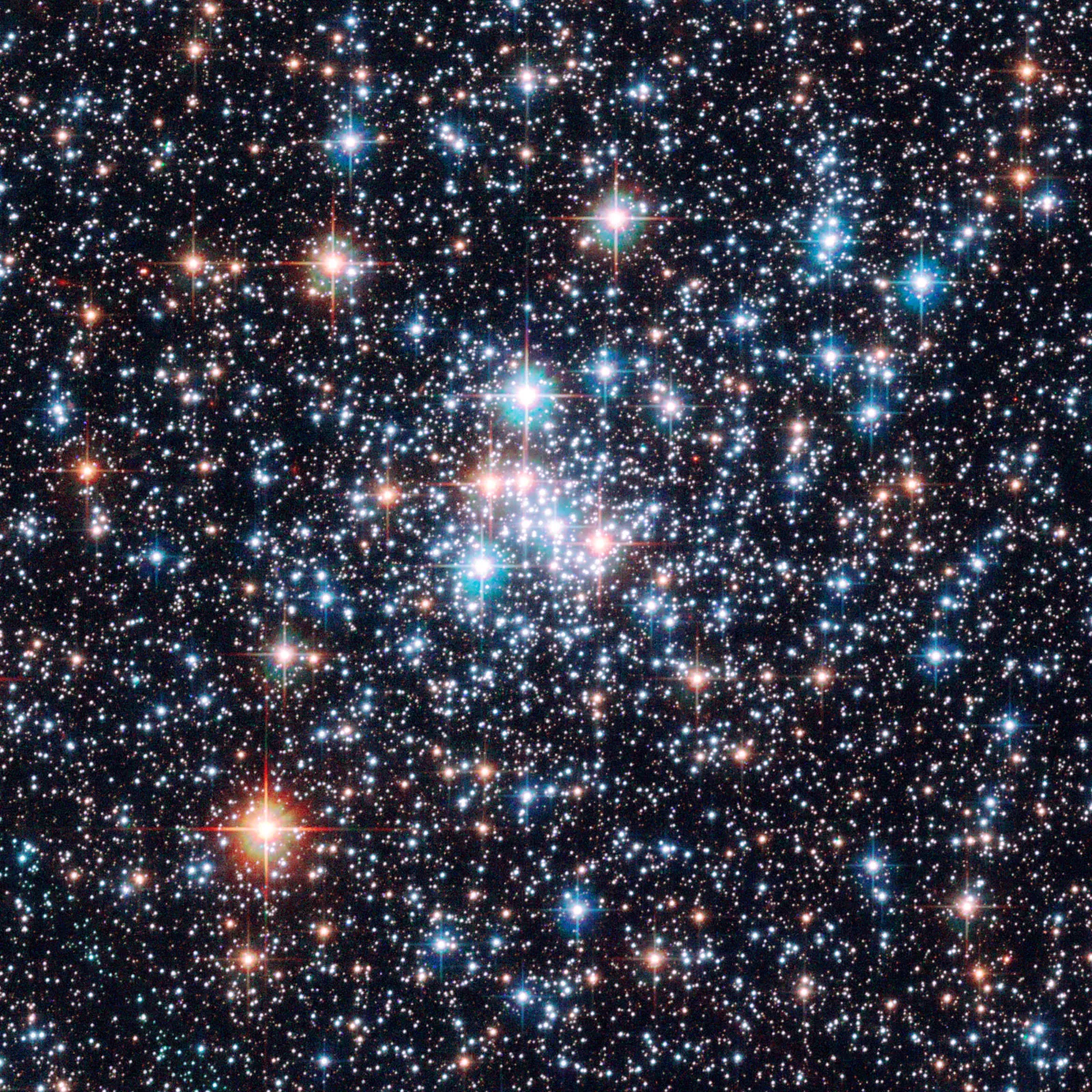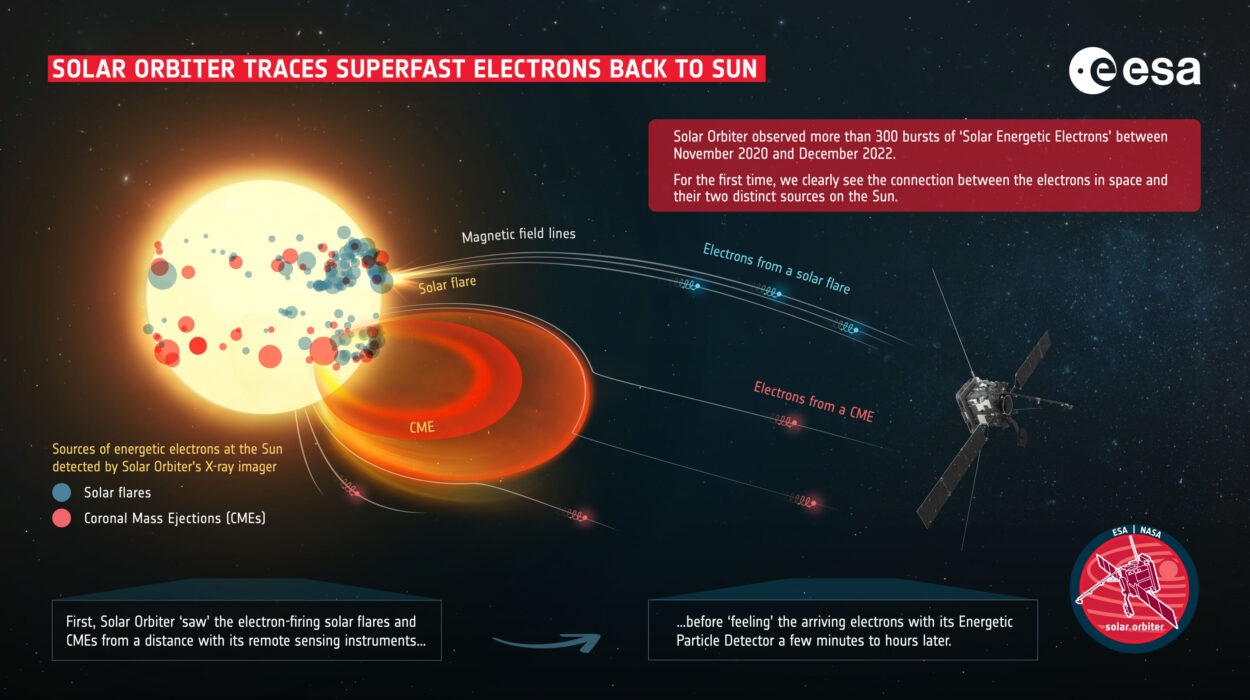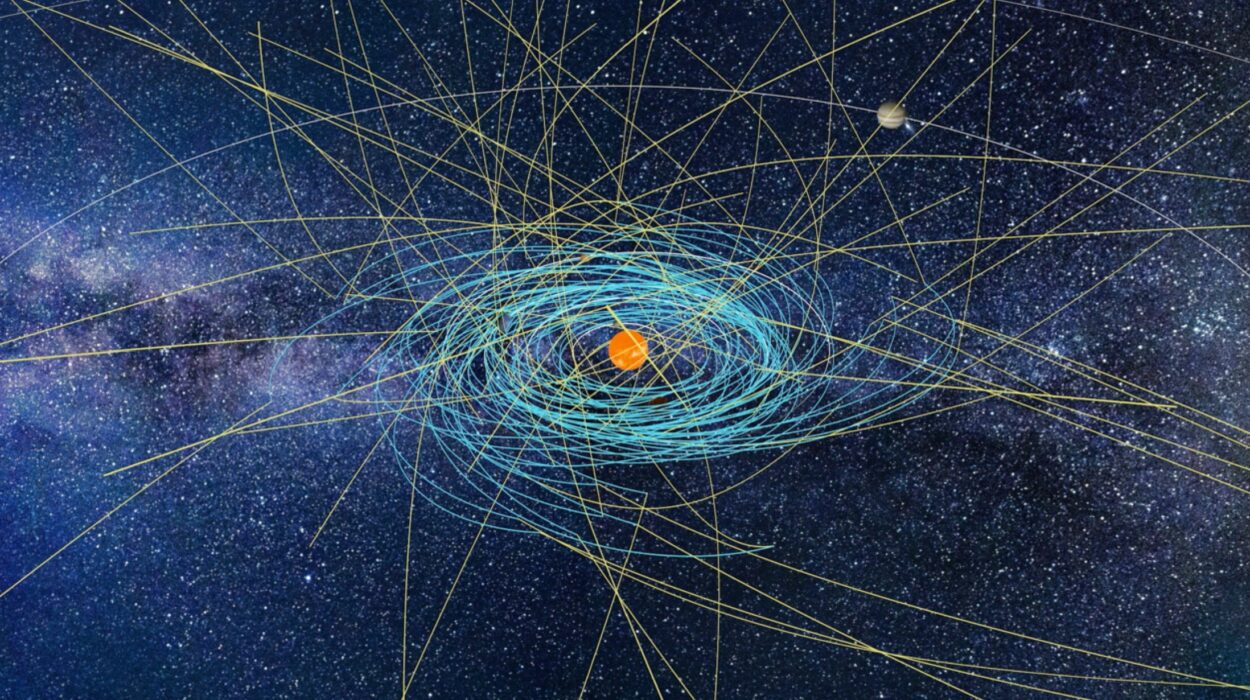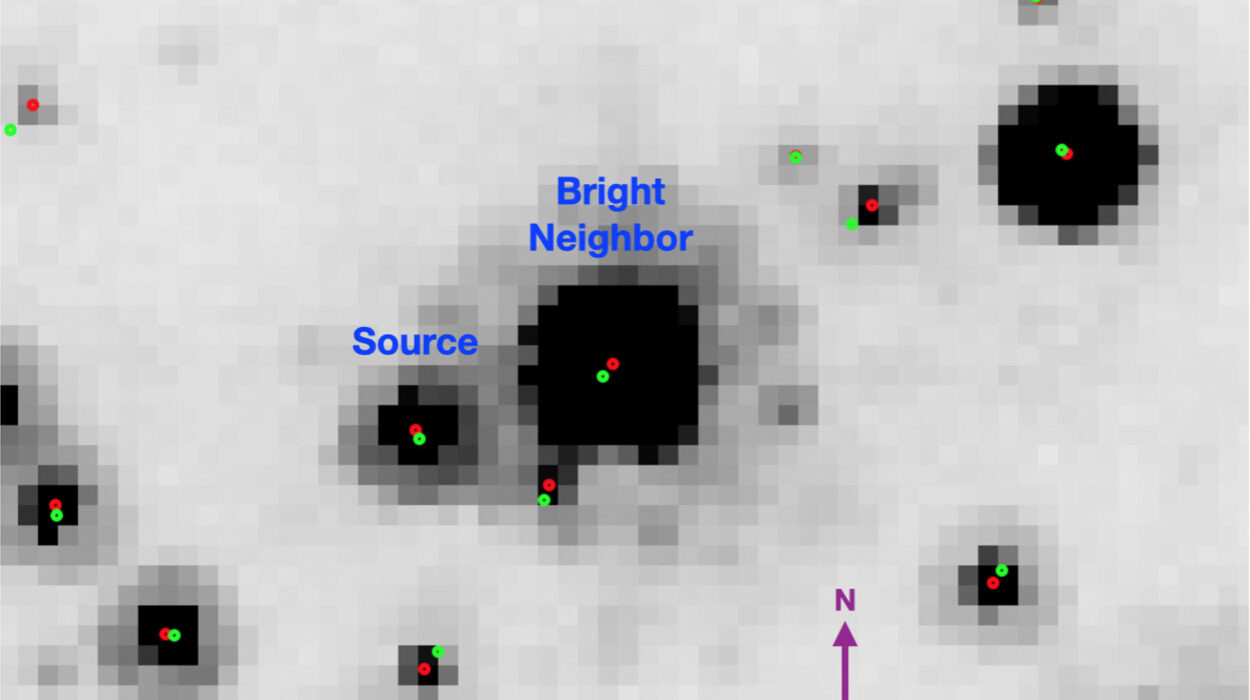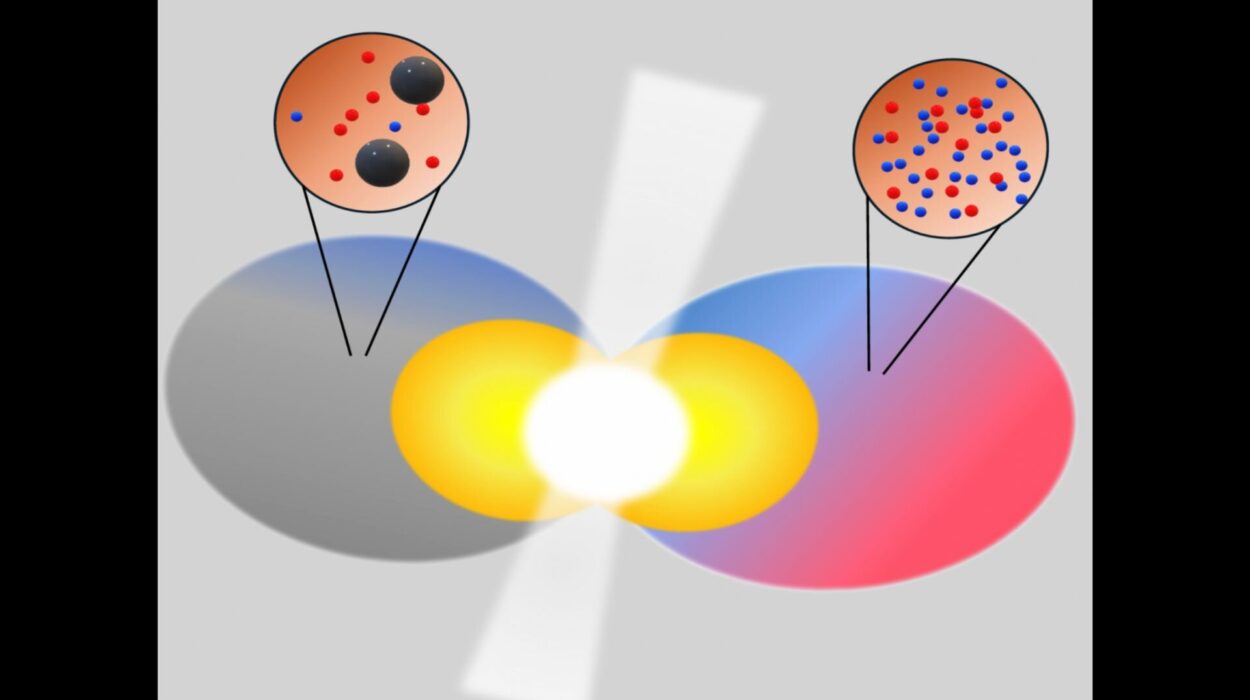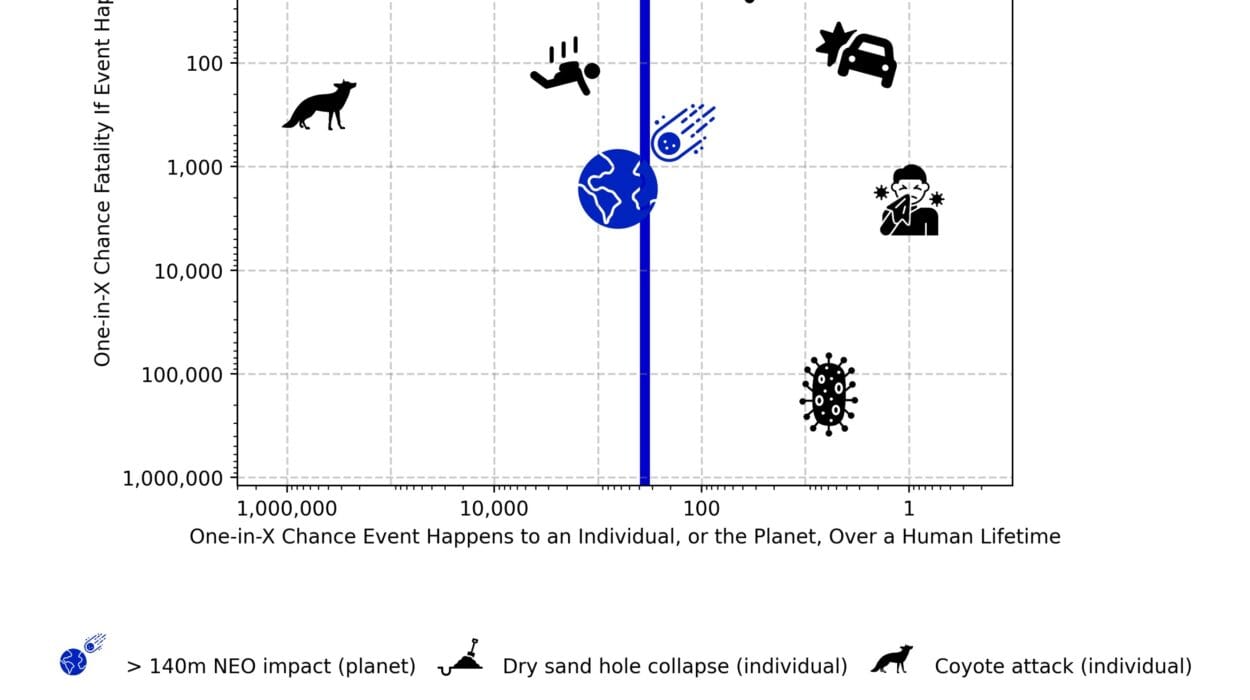When we look up at the night sky, we see more than just points of light; we’re looking across time, space, and cosmic history. Each glittering star is a colossal sphere of hot, glowing gas, burning bright through nuclear fusion — a furnace where the elements of life are forged. Stars are not only breathtaking to behold; they are the very engines of the universe, creators of atoms, architects of galaxies, and harbingers of cosmic change.
To understand stars is to understand the universe itself. This article takes you deep into the heart of stellar science — from the birth of a star in vast clouds of gas and dust, to its dramatic demise as a white dwarf, neutron star, or black hole. Along the way, we’ll explore the types of stars that fill our galaxy, their brilliant life cycles, and some astonishing facts that make stars among the most fascinating objects in all of nature.
What Is a Star?
A star is a luminous sphere of plasma held together by gravity. It generates energy through nuclear fusion in its core — a process in which lighter atomic nuclei (typically hydrogen) combine to form heavier nuclei (like helium), releasing immense amounts of energy in the process. This energy radiates outward as heat and light, making stars visible across the void of space.
Though stars come in a variety of sizes, temperatures, and luminosities, they all share a common structure: a core where fusion occurs, a radiative and/or convective zone through which energy is transported, and an outer atmosphere from which light escapes into the cosmos.
The most familiar star to us is, of course, the Sun — a middle-aged, medium-sized yellow dwarf star, around which all the planets of our solar system orbit. But out in the galaxy, there are stars a thousand times more massive, stars cooler than a human body, and even stars that pulse like beating hearts.
The Birthplace of Stars: Stellar Nurseries
Stars begin their lives not as shining beacons but as cold, dark regions of interstellar space called molecular clouds. These clouds, composed primarily of hydrogen and helium, stretch across light-years and may contain enough material to birth thousands of stars.
Within these clouds, gravity sometimes overcomes the tendency of gas to spread out. This can happen due to a nearby supernova explosion, galactic collisions, or turbulence in the gas itself. When a region becomes dense enough, it begins to collapse under its own gravity. As it contracts, the material at the center heats up, forming a protostar.
A protostar is not yet a star; it glows faintly due to the conversion of gravitational potential energy into heat. But over time, as the core becomes denser and hotter, it reaches a critical temperature — around 10 million degrees Kelvin. At this threshold, nuclear fusion ignites, and a star is born.
This moment marks the start of the star’s main sequence life — a long, stable period in which it fuses hydrogen into helium and shines steadily in the night sky.
Types of Stars: A Celestial Classification
Not all stars are created equal. Some are giants, bloated and luminous; others are dwarfs, cool and faint. Astronomers classify stars primarily by their spectral type — a method based on the star’s surface temperature and color. The main categories, from hottest to coolest, are denoted by the letters O, B, A, F, G, K, and M.
O-Type Stars: The Blue Behemoths
O-type stars are the rarest and most massive. With surface temperatures exceeding 30,000 Kelvin, they glow blue and radiate intense ultraviolet light. These stars burn through their fuel in mere millions of years, leading short, dramatic lives. They are often responsible for ionizing nearby gas clouds, creating beautiful emission nebulae.
B-Type Stars: Hot and Luminous
Slightly less extreme than O-types, B-type stars also shine blue-white and are much more luminous than our Sun. They have surface temperatures between 10,000 and 30,000 K and live for tens of millions of years.
A-Type Stars: White Stars of the Upper Main Sequence
These white-hot stars, such as Sirius A (the brightest star in our night sky), range in temperature from about 7,500 to 10,000 K. They are often easily visible to the naked eye and have strong hydrogen absorption lines in their spectra.
F, G, K-Type Stars: The Sun and Its Kin
F-type stars are yellow-white and slightly hotter than the Sun. G-type stars, like our Sun, have surface temperatures around 5,500 to 6,000 K. K-types are cooler and orange in color, with long lifespans that make them excellent candidates for habitable planet searches.
M-Type Stars: The Red Dwarfs
M-type stars are the most common in the universe, but they are faint and hard to see without a telescope. With surface temperatures below 3,500 K, they burn hydrogen slowly and can live for hundreds of billions — even trillions — of years. Some of these tiny stars are only slightly larger than Jupiter.
Beyond the Main Sequence: Giants, Supergiants, and Exotic Stars
As stars age, they leave the main sequence and become red giants, supergiants, or other exotic types. Massive stars may become blue giants or hypergiants. Some stars pulse rhythmically, becoming variable stars. Others form binary systems and exchange matter with their companions, triggering dramatic transformations.
There are also peculiar types like T Tauri stars (very young stars still contracting), carbon stars (rich in carbon molecules), and Wolf-Rayet stars (massive, hot stars losing mass rapidly through stellar winds). Each one tells a different story in the cosmic narrative.
The Life Cycle of a Star
The journey of a star from birth to death is shaped by one key factor: mass. A star’s mass determines how hot it burns, how long it lives, and how it ultimately dies. Let’s follow the life cycle of low-mass, medium-mass, and high-mass stars.
Low-Mass Stars: The Long-Lived Dwarfs
Red dwarfs, with masses less than half that of the Sun, burn their hydrogen slowly and steadily. Unlike larger stars, they do not become red giants. Instead, they exhaust their hydrogen gradually, eventually becoming a dense, helium-rich core — a white dwarf.
Because red dwarfs live so long — trillions of years — and the universe itself is only about 13.8 billion years old, no red dwarf has yet reached the white dwarf stage.
Medium-Mass Stars: Like Our Sun
A star like the Sun spends most of its life in the main sequence, fusing hydrogen into helium in its core. After about 10 billion years, the hydrogen runs low. The core contracts, the outer layers expand, and the star becomes a red giant.
In this phase, the core begins to fuse helium into carbon and oxygen. The outer envelope becomes unstable and is eventually expelled into space, forming a glowing shell called a planetary nebula. What remains is a hot, dense core — a white dwarf — that slowly cools over billions of years.
High-Mass Stars: The Cosmic Titans
Massive stars live fast and die young. After a brief main-sequence life, they swell into red or blue supergiants. In their cores, they fuse heavier and heavier elements — carbon, neon, oxygen, silicon — until they build an iron core.
Fusion of iron consumes energy rather than releasing it, leading to the catastrophic collapse of the core. This triggers a supernova explosion — one of the most powerful events in the universe. For a few days or weeks, the star can outshine an entire galaxy.
The aftermath depends on the remaining mass. If it is less than about three solar masses, the core becomes a neutron star — an object so dense that a teaspoon of its material would weigh billions of tons. If the mass is even higher, gravity overwhelms all resistance, and the core collapses into a black hole — a region of spacetime from which nothing, not even light, can escape.
White Dwarfs, Neutron Stars, and Black Holes
White Dwarfs
White dwarfs are the remnants of low to medium-mass stars. They are no longer undergoing fusion and shine only from residual heat. Over billions of years, they cool and fade, eventually becoming invisible black dwarfs — although the universe is not old enough for any black dwarfs to exist yet.
Neutron Stars
Neutron stars are the ultra-dense remnants of massive supernovae. They are composed almost entirely of neutrons, with densities comparable to atomic nuclei. A neutron star may spin rapidly (hundreds of times per second) and emit beams of radiation from its magnetic poles. If these beams sweep past Earth, we observe them as pulsars.
Some neutron stars have incredibly strong magnetic fields — trillions of times stronger than Earth’s — and are known as magnetars. These objects can release bursts of energy that rival entire solar systems.
Black Holes
Black holes are the final frontier of stellar evolution. When a massive star’s core collapses completely, it forms a singularity — a point of infinite density — surrounded by an event horizon beyond which nothing can escape.
Though invisible directly, black holes can be detected through their gravitational effects on nearby objects or by the radiation emitted as matter falls into them. They remain one of the most mysterious and awe-inspiring consequences of stellar evolution.
Binary and Variable Stars
Many stars do not live alone. In fact, more than half of all stars are part of binary or multiple star systems. These systems can be gentle or dramatic.
In close binaries, matter may flow from one star to another, creating accretion disks, nova outbursts, or even triggering a type Ia supernova if a white dwarf gathers too much mass.
Variable stars, such as Cepheid variables, change in brightness over time due to internal pulsations or interactions with companion stars. These stars have been vital for measuring cosmic distances and understanding the expansion of the universe.
Fascinating Star Facts
- The Sun makes up 99.8% of the mass in our solar system.
- A single supernova can briefly outshine an entire galaxy.
- The largest known stars, like UY Scuti, are over 1,700 times the diameter of the Sun.
- The nearest star system, Alpha Centauri, is just over 4 light-years away — but still 25 trillion miles from Earth.
- A neutron star’s crust is the strongest known material in the universe — 10 billion times stronger than steel.
- The color of a star reveals its temperature: blue is hottest, red is coolest.
- Our galaxy contains an estimated 100 to 400 billion stars — and there are likely more than 100 billion galaxies in the observable universe.
Conclusion: Stars Are the Universe’s Storytellers
Stars are not merely cosmic decorations. They are storytellers of time, creators of elements, and engines of change. Every atom in your body — carbon, nitrogen, oxygen — was once part of a star that lived and died long ago. In a very literal sense, we are made of stardust.
The life of a star is a majestic arc of transformation: from cold clouds of gas to fiery brilliance, to gentle fading or violent death. Through their light, they illuminate the cosmos; through their deaths, they seed the galaxies with the ingredients for planets, oceans, and life.
To study stars is to peer into our own origins and to glimpse the grand forces that shape the universe. As long as there are stars in the sky, there will be questions to ask, wonders to explore, and stories written in light, waiting to be told.
